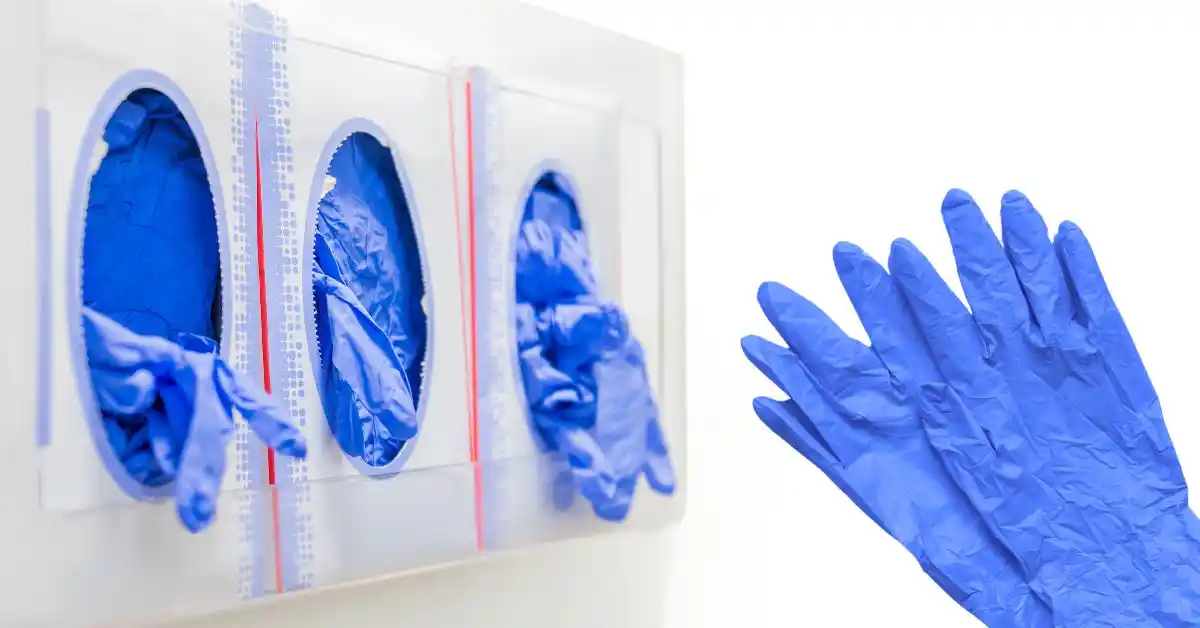
Do Medical Gloves Expire? Understanding Shelf Life and Safety
The Importance of Knowing Expiration Dates for Medical Gloves Understanding the expiration dates of medical gloves is crucial for ensuring safety and efficacy in healthcare
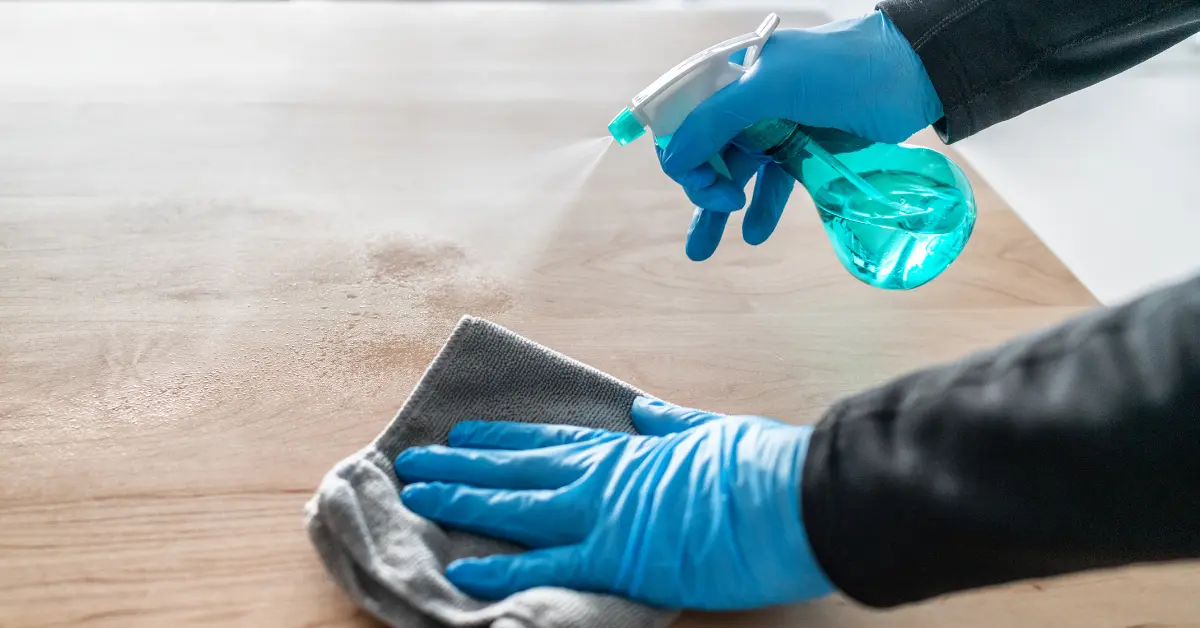
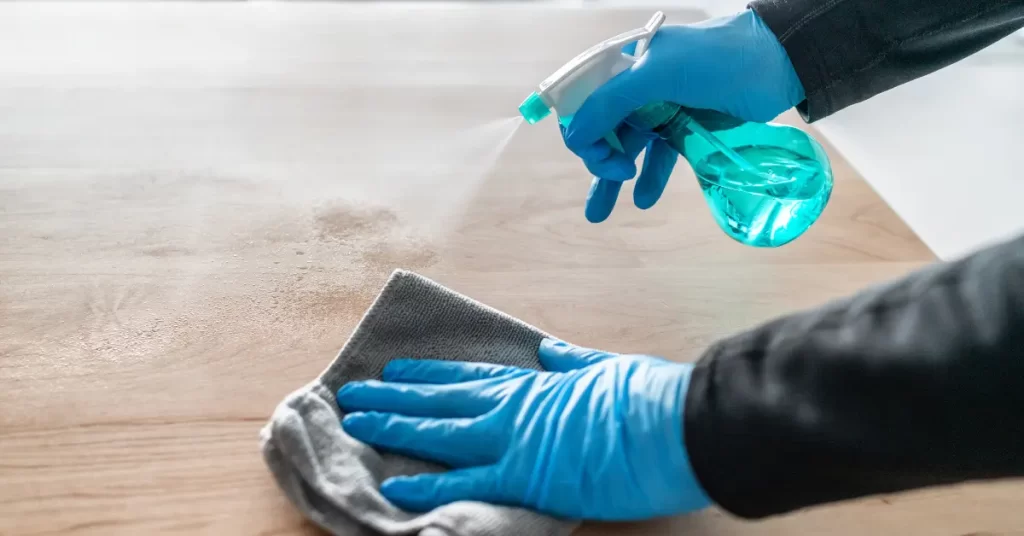
Cleaning gloves are a vital tool in every household or workplace. They protect our hands from harsh chemicals and germs while tackling challenging cleaning tasks. But did you know that not all gloves are created equal? Different types of gloves are available in the market, and each has its own set of benefits and uses. In this article, we will explore the various cleaning gloves, including the popular ones like latex-free and nitrile gloves.
Before diving into the different cleaning gloves types, it’s essential to understand why using them is crucial. Cleaning tasks often involve handling chemicals and contact with germs, which can harm our skin. Wearing gloves creates a barrier between our hands and these substances, protecting us from potential health risks. Moreover, they can prevent cross-contamination while cleaning different surfaces, keeping our homes and workplaces free from germs and bacteria.
Rubber gloves are the traditional cleaning gloves that have been used for decades. They are made of natural or synthetic rubber and are known for their durability and elasticity. Rubber gloves are resistant to chemicals and ideal for heavy-duty cleaning tasks. However, these gloves may cause allergic reactions in people sensitive to latex, making them unsuitable for those with latex allergies.
As the name suggests, Latex-free gloves are free of natural rubber latex, making them an excellent alternative for individuals with latex allergies. Instead, they are made from materials like nitrile or vinyl, which are equally durable and flexible. These are suitable for cleaning tasks that involve exposure to mild chemicals and are also commonly used in medical settings. However, they may not be as resistant to harsh chemicals as rubber gloves.
Nitrile gloves are becoming increasingly popular due to their versatility and superior resistance to chemicals. They are made from synthetic rubber and are stronger and more puncture-resistant than latex-free gloves. Nitrile gloves offer a snug fit, which makes them perfect for tasks requiring precision and dexterity. They are also suitable for people with latex allergies and can be used for a variety of cleaning tasks, from household chores to industrial cleaning.
Whether you’re a homeowner or a professional cleaner, there is a type of cleaning glove for every need. Rubber gloves are still the go-to option for heavy-duty cleaning tasks, while latex-free and nitrile gloves are suitable for everyday use. When purchasing gloves, take into account the type of task you’ll be performing and any potential allergies or sensitivities. Always follow the manufacturer’s instructions for proper usage and disposal of the gloves.
In conclusion, cleaning gloves are crucial for safeguarding our hands during cleaning tasks. With a variety of options available, we can choose the right type of gloves that suit our needs and preferences. Whether it’s rubber, latex-free, or nitrile gloves, wearing them can make cleaning tasks easier and safer. So don’t forget to slip on a pair of gloves before starting your next cleaning project!

The Importance of Knowing Expiration Dates for Medical Gloves Understanding the expiration dates of medical gloves is crucial for ensuring safety and efficacy in healthcare
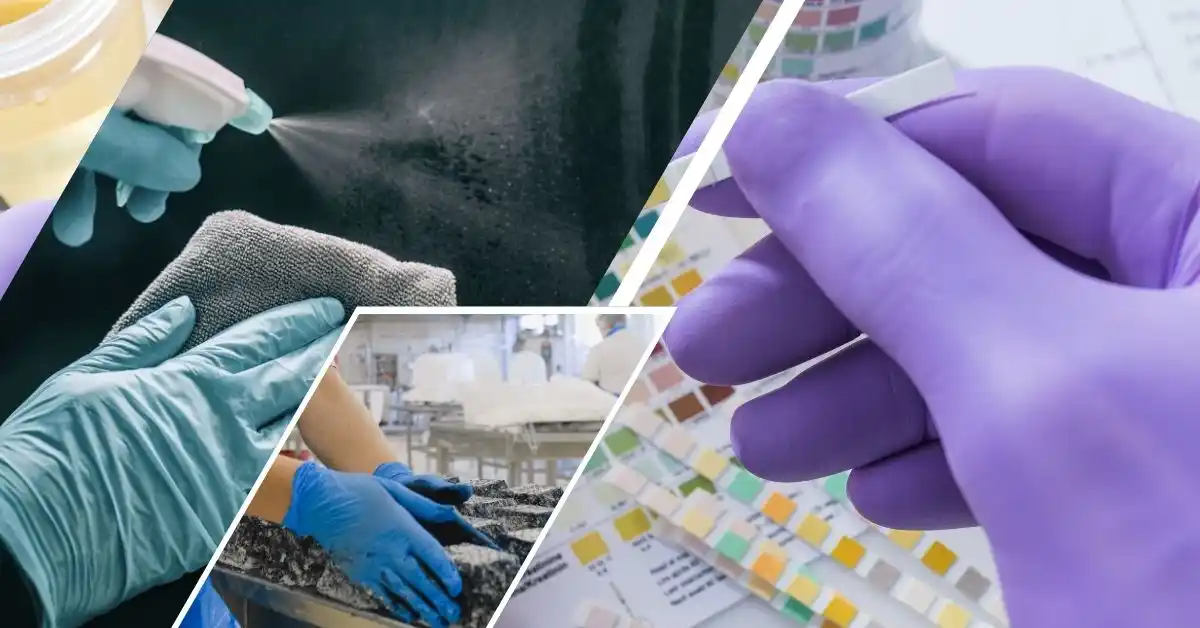
Healthcare Professionals: The Primary Users of Nitrile Gloves In the realm of personal protective equipment (PPE), nitrile gloves stand out as a crucial component, particularly

Understanding Puncture Resistance: What It Is and Why You Need It Understanding puncture resistance is crucial for anyone who prioritizes safety in their work environment.
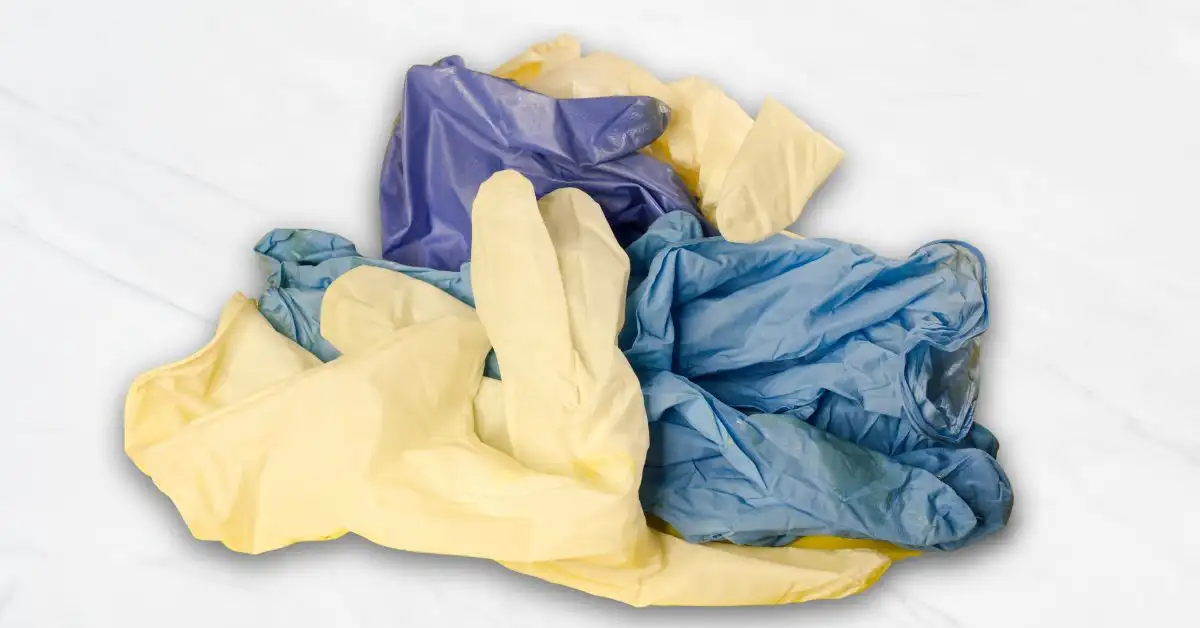
The Origins of Surgical Gloves: A Historical Overview The origins of surgical gloves can be traced back to a pivotal moment in medical history that

Why You Should Care About Hands Breaking Out from Gloves When it comes to personal protective equipment, gloves are often taken for granted. However, the
Driven by a passion for excellence, our mission is to consistently deliver the highest quality products at the most affordable prices. We aim to exceed customer expectations, creating value and trust.
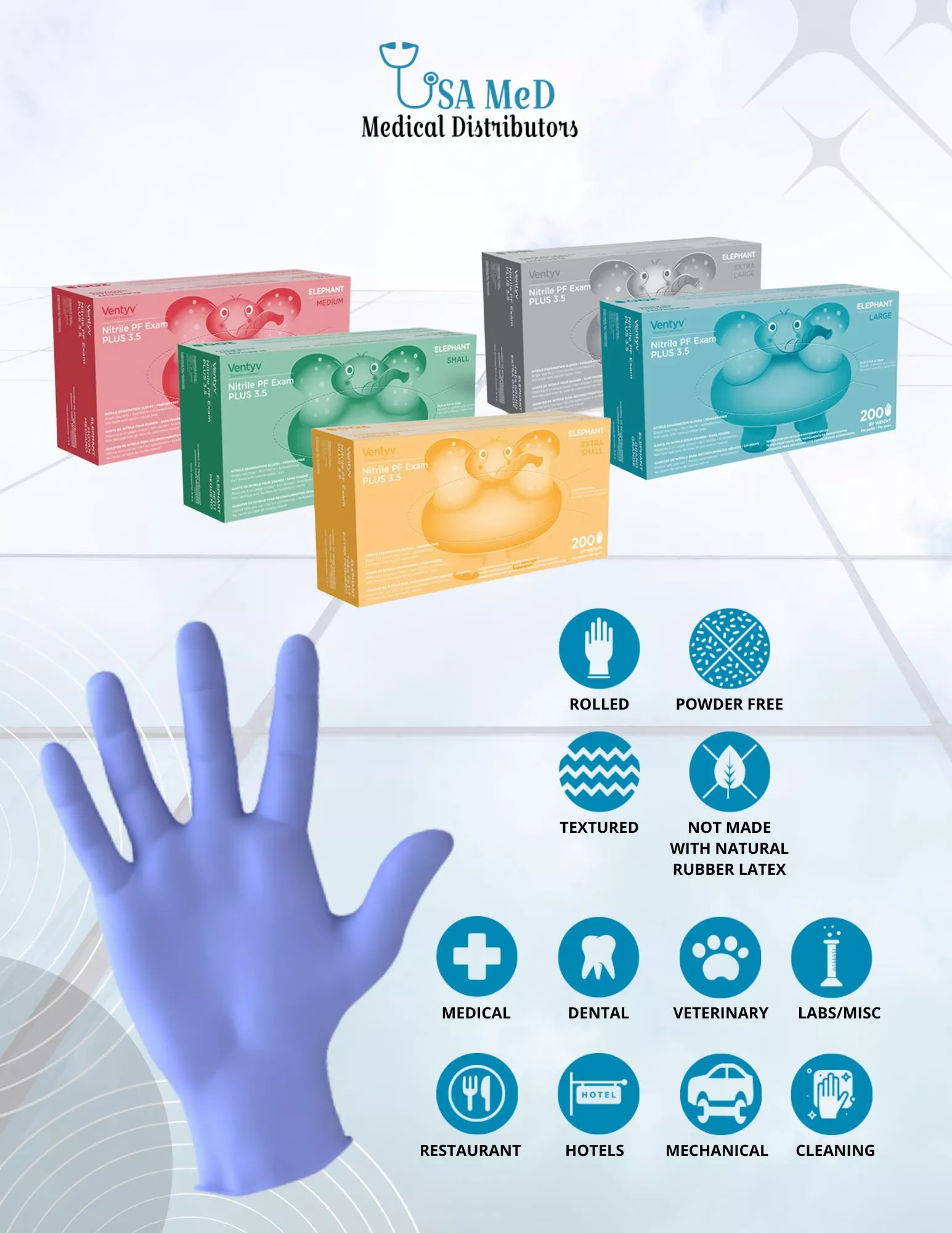
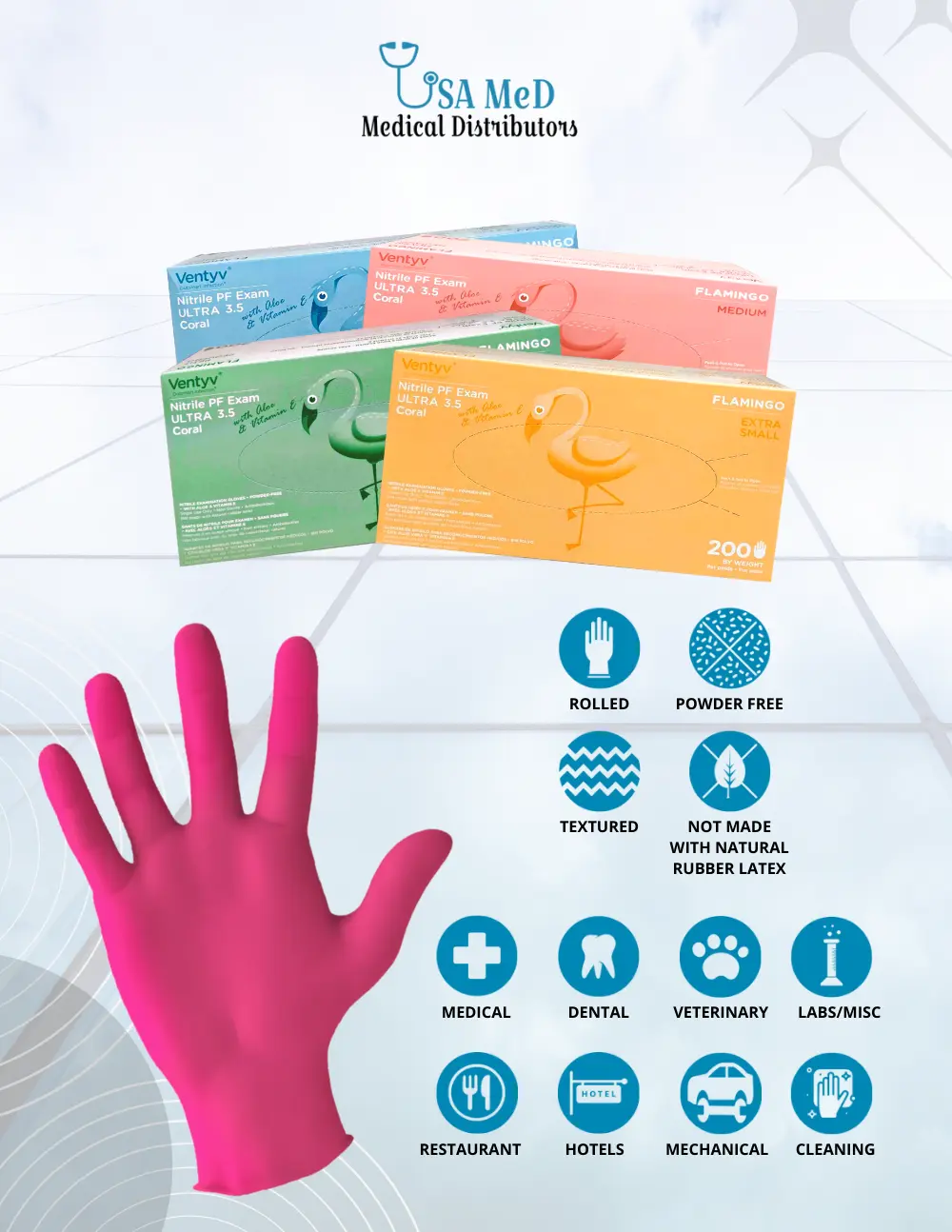
Phone Number: (239) 266 -1290
Email Addresses:
sales@usamedicaldistributors.com
customercare@usamedicaldistributors.com
Mailing Address :
501 Goodlette, Frank Rd N A105, Naples, FL 34102
Copyright 2022 – 2024. USAMED Medical Distributors. All rights reserved.
Privacy Policy | Return and Refund Policy
| Website by M. Escober